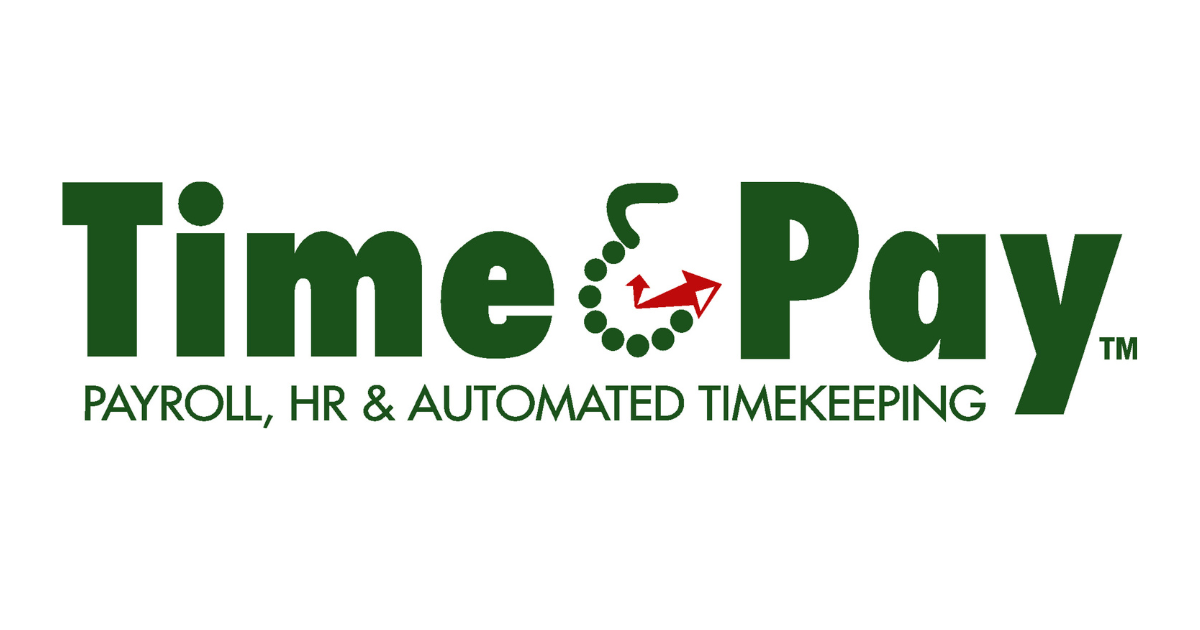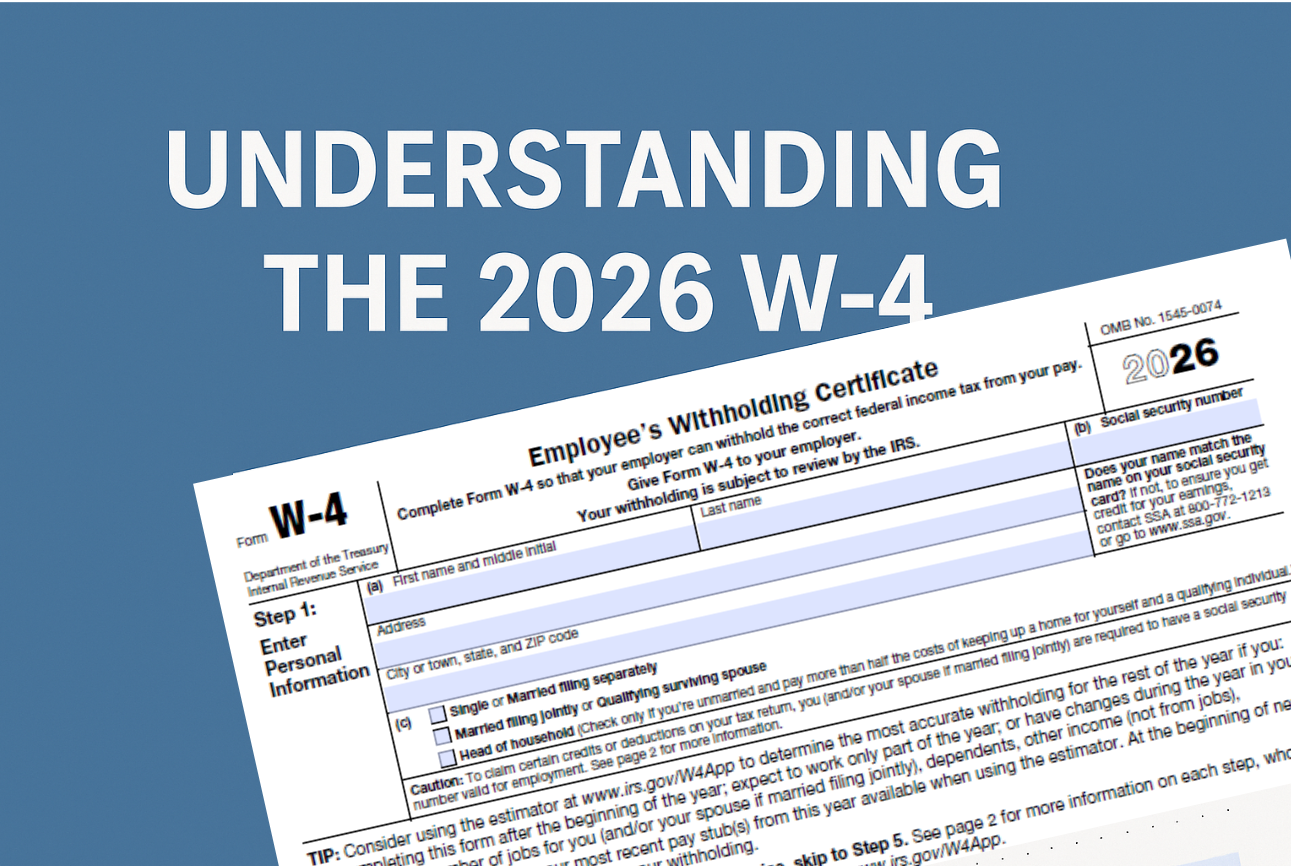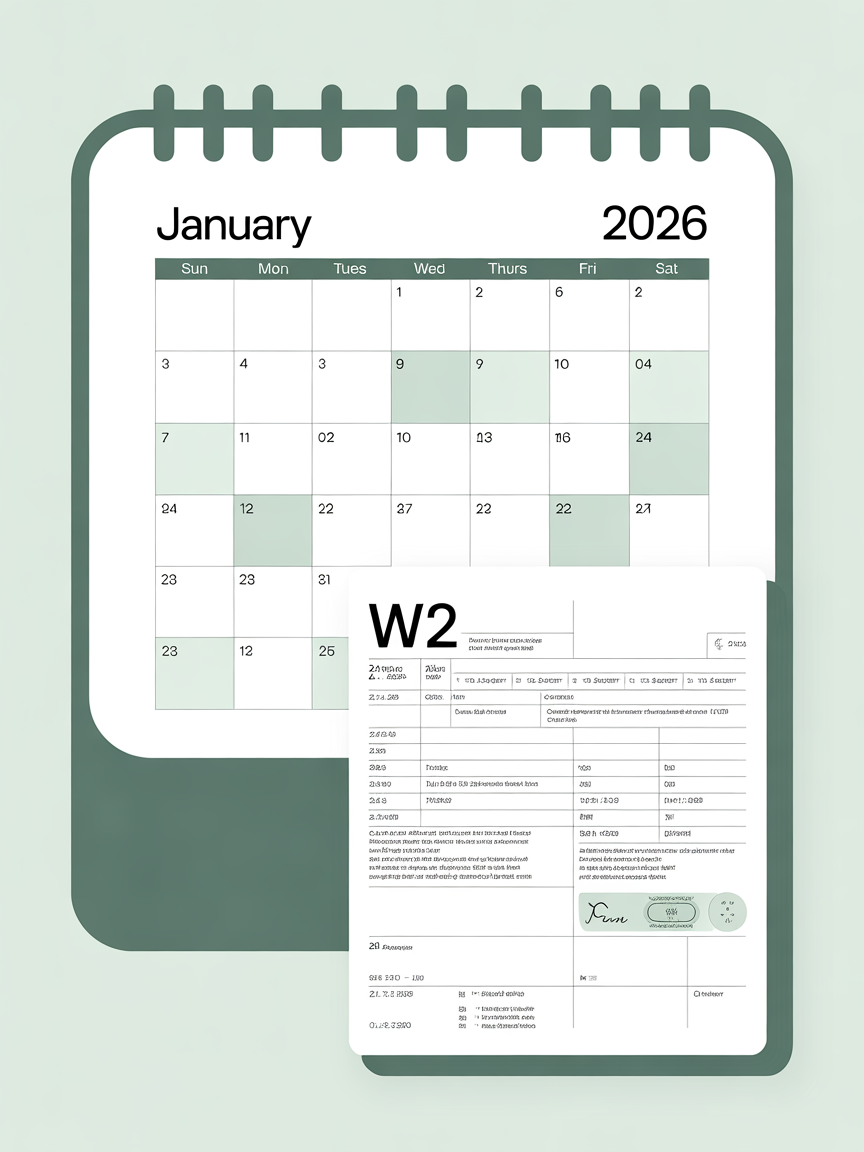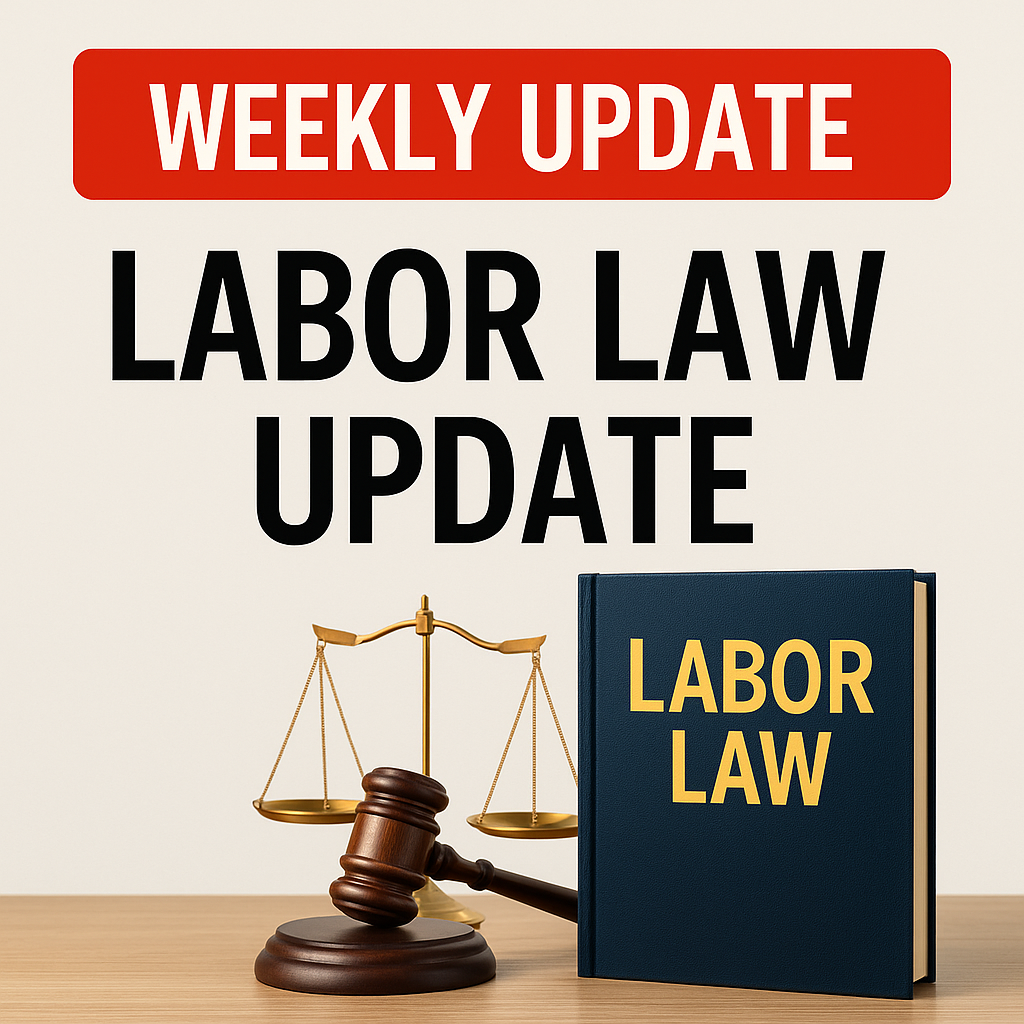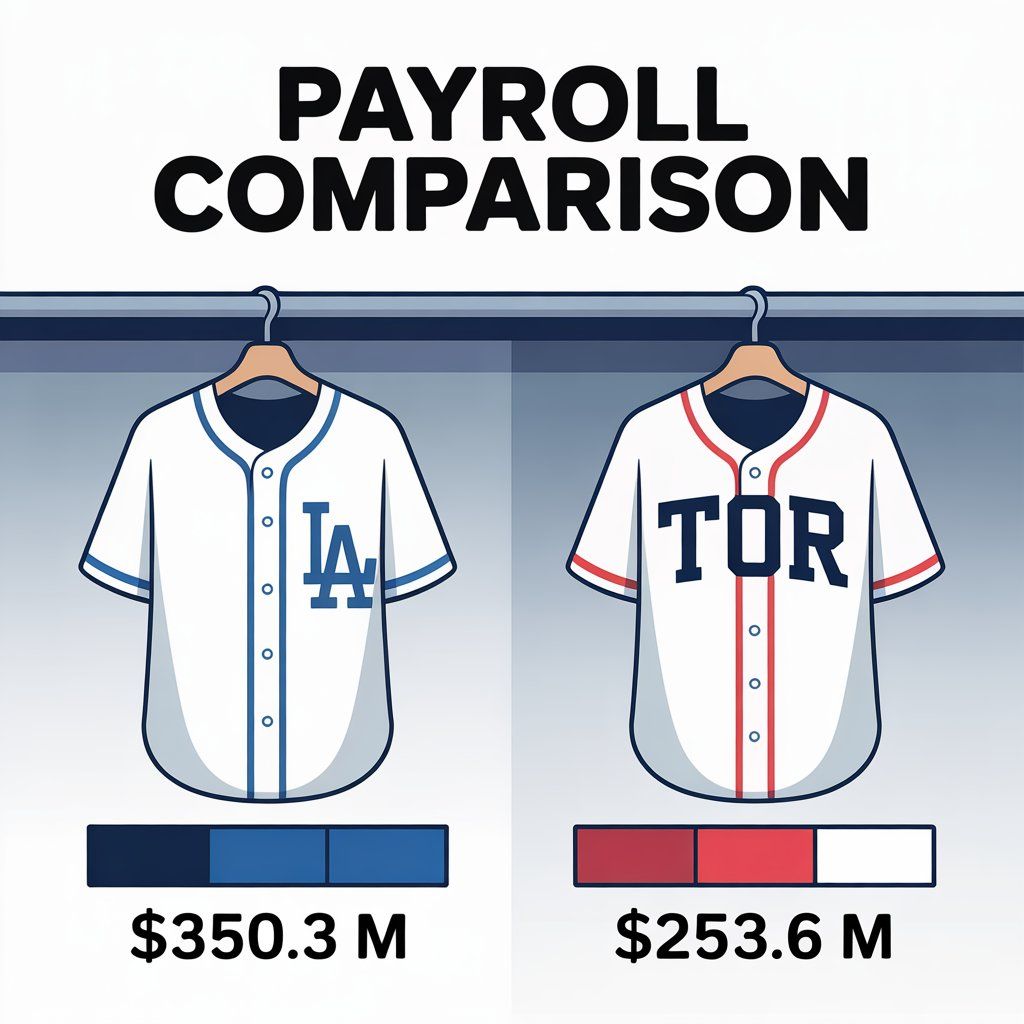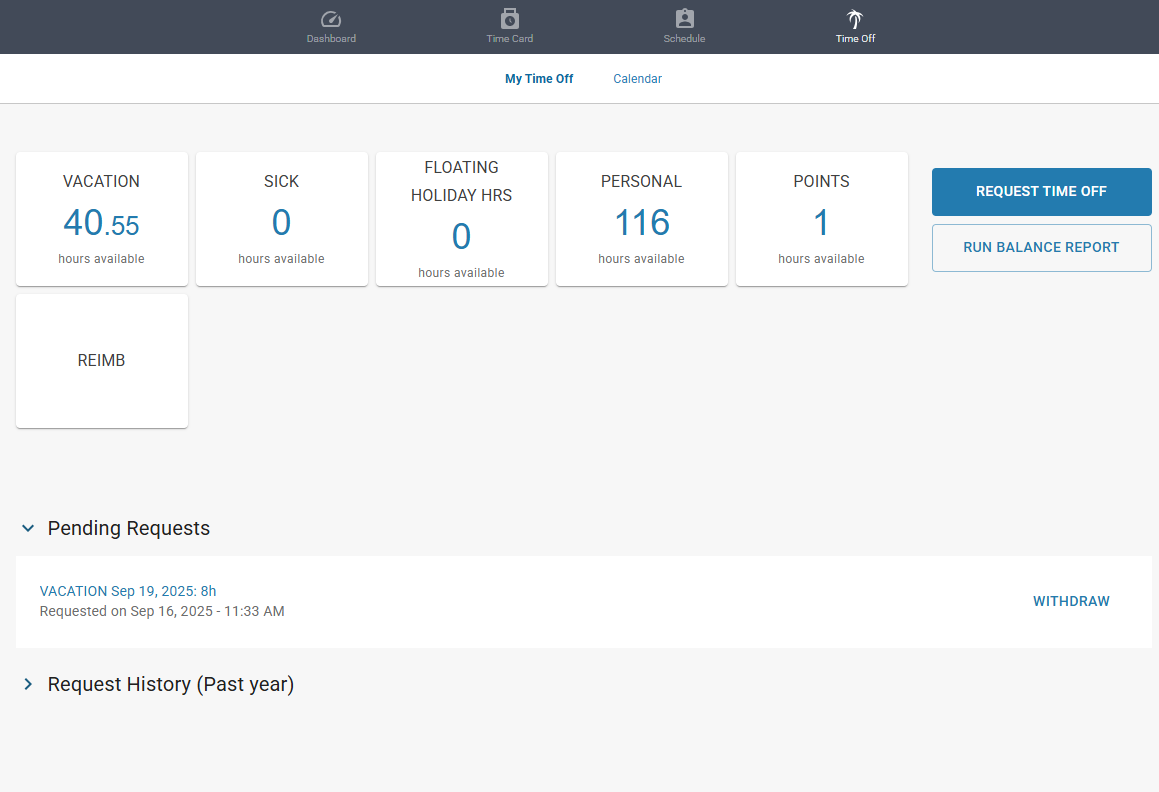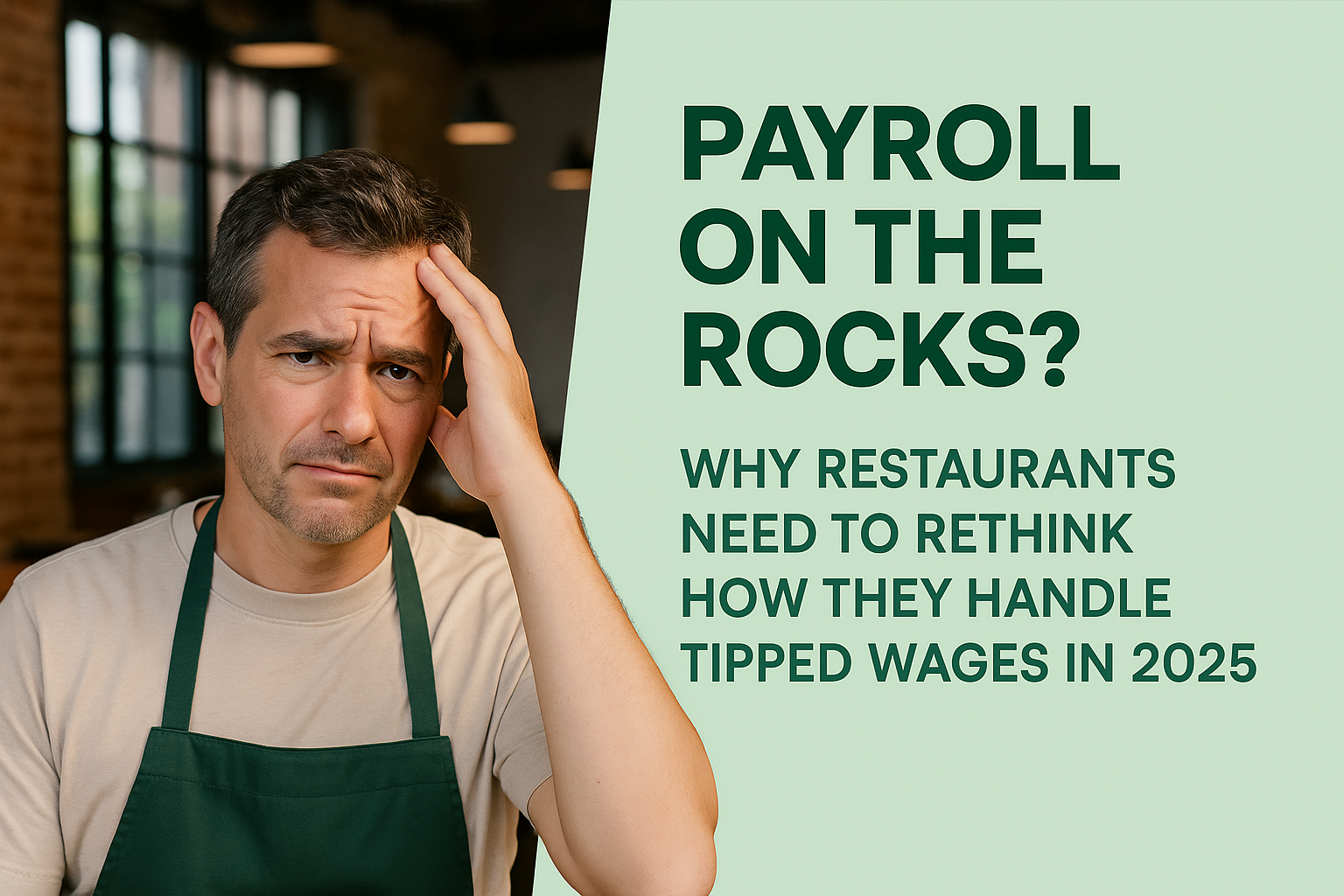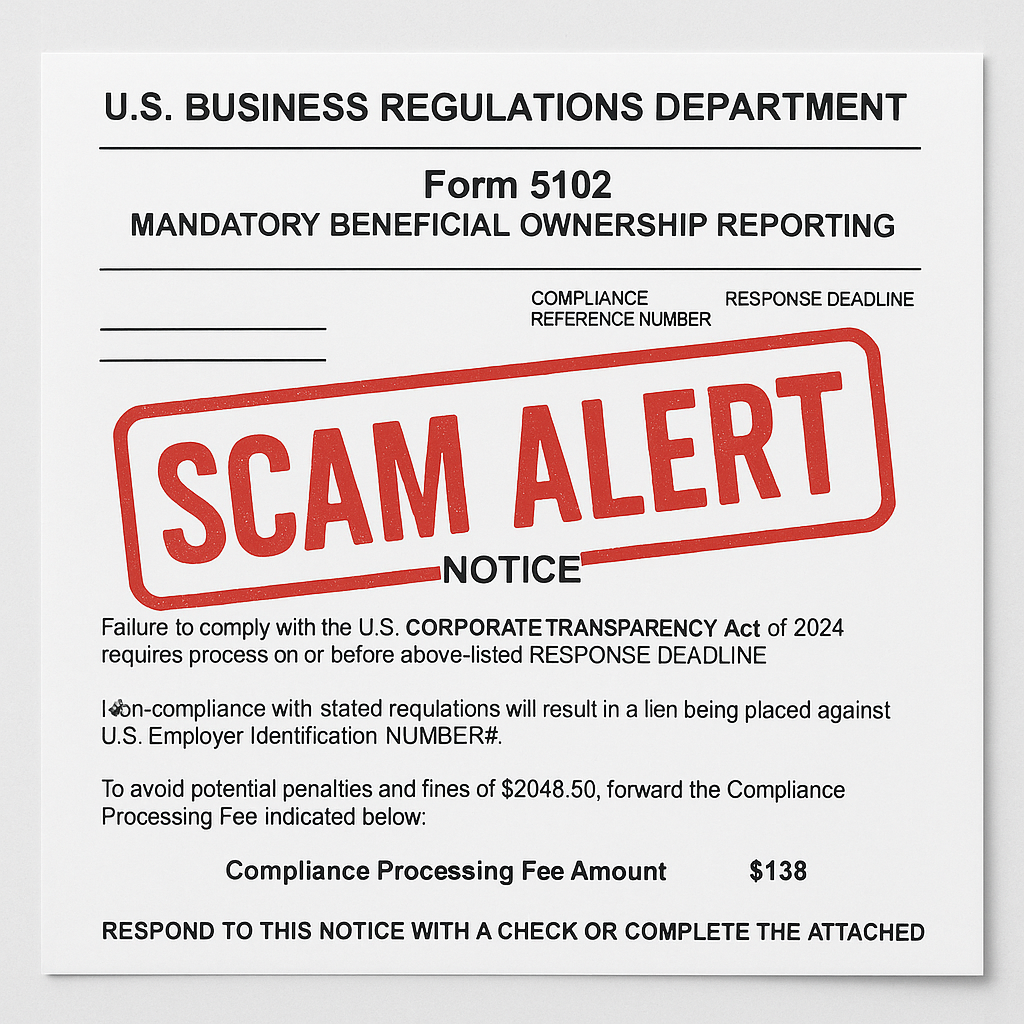Stay Informed with Time & Pay

New Tax Breaks on Overtime and Tips: What Employers and Employees Need to Know A major shift in tax policy is here, and it could mean more money in the pockets of millions of American workers — especially those who rely on tips or regularly work overtime. As part of the One Big Beautiful Bill (OBBB), signed into law on July 4, 2025, Congress introduced two key tax deductions: one for qualified tip income and another for overtime premium pay. These changes are designed to reward hard-working Americans and reduce the income tax burden on lower- and middle-income earners. But what does this mean in practice? Let’s break it down. No Tax on Tips: A Win for Service Industry Workers Under the new law, workers in tipped professions — such as servers, bartenders, hotel staff, and others — can now deduct up to $25,000 in tips from their federal taxable income each year. This deduction is retroactive to January 1, 2025 , and is set to remain in effect through the end of 2028. To qualify: The tips must be customary and reported to the employer . The worker must be in a recognized “tipping occupation,” such as those listed in prior IRS guidance. The deduction begins to phase out for individuals earning more than $150,000 (or $300,000 for joint filers). This means a server who reports $15,000 in tips could potentially deduct the full amount from their income when calculating their taxes — reducing taxable income and potentially saving hundreds or even thousands of dollars in federal taxes. This deduction does not apply to Social Security and Medicare taxes. Those payroll taxes are still assessed on total wages, including tips. No Tax on Overtime: Relief for Non-Exempt Employees The law also introduces a deduction of up to $12,500 per individual (or $25,000 for joint filers) for overtime premium pay. This refers specifically to the “time-and-a-half” portion paid for hours worked beyond 40 in a week under the Fair Labor Standards Act (FLSA). It’s important to understand what qualifies: Only non-exempt employees (those entitled to overtime under the FLSA) can claim this deduction. The deduction applies only to the premium portion — that is, the extra 50% above regular hourly pay. High-income earners will see a phase-out starting at $150,000 (individuals) or $300,000 (joint filers). For example, if an hourly worker earned $20/hour and worked 10 hours of overtime in a week, the overtime premium ($10/hour × 10 hours = $100) would be eligible for the deduction — not the full $300 in overtime pay. If that worker consistently earned similar overtime throughout the year, they could reach or exceed the maximum deduction and realize significant federal tax savings . What This Means for Employers Although the new deductions apply to individual tax returns, employers will play a critical role in ensuring that both workers and the IRS have accurate records. Here are the key responsibilities employers now face: Payroll Reporting Enhancements Employers must update their payroll systems to separately track qualified tips and overtime premium pay . These amounts must now be clearly designated on year-end tax forms like the Form W-2 . Form and Recordkeeping Requirements Employers will need to include additional information on employee tax forms, including: A breakdown of earnings by type (regular, overtime premium, tips). Occupation codes that identify whether the employee is in a tipping role. System and Software Updates Payroll vendors and in-house systems must be adjusted to reflect the new codes. For 2025, a “reasonable method” grace period applies, but in future years, precision will be required. Classification Reviews Employers may need to re-evaluate FLSA classifications to ensure that workers are properly labeled as exempt or non-exempt. Improper classification could result in missed deductions or even penalties. Communication and Training HR and payroll teams should be trained on the new rules, and employers should proactively communicate with employees about the potential benefits and what information will be required at tax time. How Employees Benefit — and What They Need to Do These changes are being praised as a way to put more money into the hands of frontline workers, but the deductions don’t apply automatically. Employees need to take certain steps to ensure they receive the tax benefits they’re entitled to. Maintain Accurate Records Employees should keep good records of their reported tips and overtime hours . While much of this will be available on their W-2, they should verify it for accuracy. Understand Eligibility Limits High earners may not qualify, and the deductions only apply to properly classified pay. Employees paid “overtime” who are exempt under the FLSA may find their pay doesn’t count. Prepare for Tax Filing These deductions will likely appear as line items on Form 1040 or a new IRS schedule. Employees should consult a tax preparer or financial advisor, especially during the first year of implementation. Track Annual Caps Workers should be aware of the annual deduction limits and ensure they do not over-report. Overstating deductions could trigger audits or penalties. What This Means in Dollars According to preliminary estimates from tax experts: A tipped worker who earns $20,000 in tips could save between $1,800–$2,200 in federal income taxes, depending on their tax bracket. An hourly worker earning $8,000 in qualified overtime premium pay might reduce their federal taxes by around $800–$1,200 . For households that include both tipped and overtime-earning workers, the combined benefit could reach $4,000–$5,000 annually — a significant reduction in their federal tax liability. Final Thoughts This new legislation signals a clear shift in tax policy — one that rewards work done during evenings, weekends, and holidays, and recognizes the financial challenges of service industry workers. For businesses, it means adjusting payroll systems, refining classifications, and improving documentation . For employees, it means paying attention to how their income is reported and taking full advantage of available tax savings . Time & Pay is here to help employers navigate this transition. Our systems can be tailored to properly track and report eligible tip and overtime income, ensuring compliance and helping your employees take advantage of these new deductions. If you’re unsure whether your payroll processes are ready, now is the time to evaluate and prepare. Need help tracking qualified wages and ensuring accurate reporting? Contact Time & Pay today — we’ll help you get compliant and keep your employees informed.
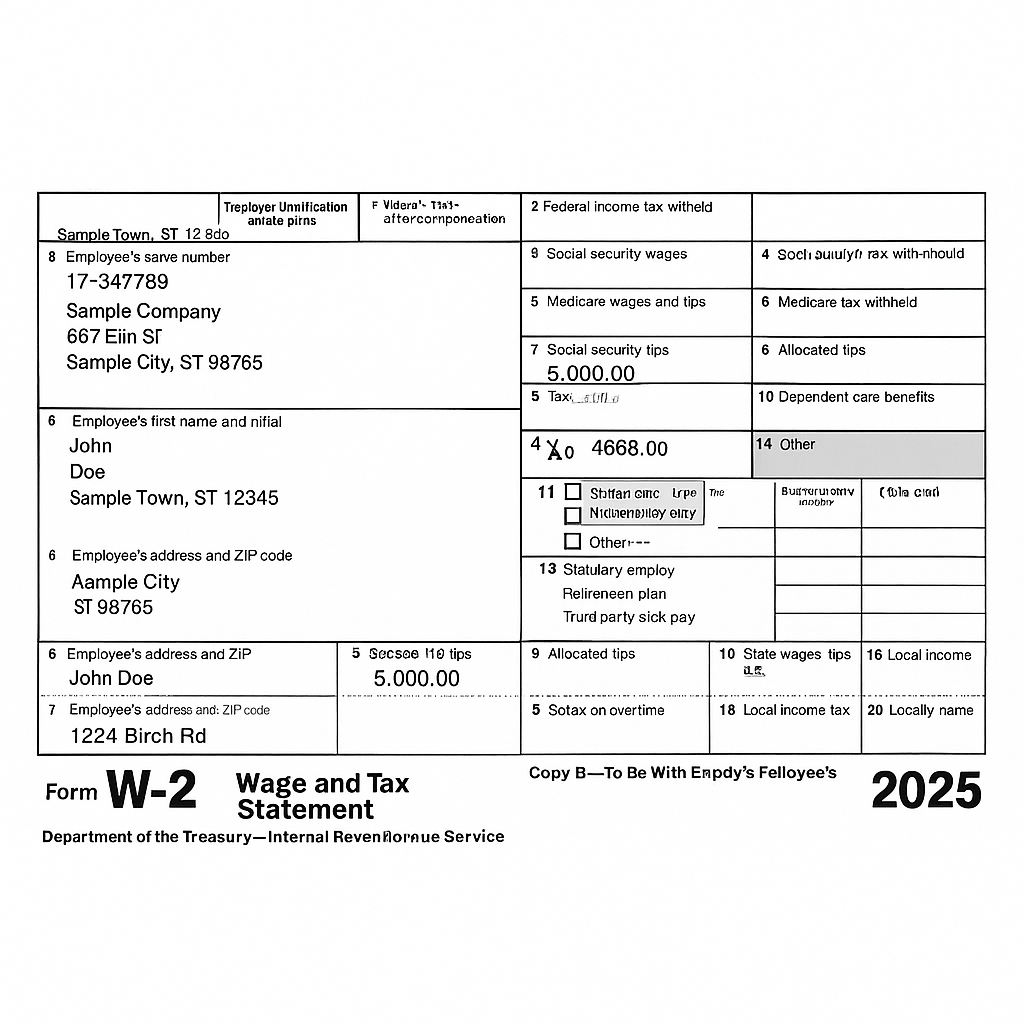
New Tax Breaks on Overtime and Tips: What Employers and Employees Need to Know A major shift in tax policy is here, and it could mean more money in the pockets of millions of American workers — especially those who rely on tips or regularly work overtime. As part of the One Big Beautiful Bill (OBBB), signed into law on July 4, 2025, Congress introduced two key tax deductions: one for qualified tip income and another for overtime premium pay. These changes are designed to reward hard-working Americans and reduce the income tax burden on lower- and middle-income earners. But what does this mean in practice? Let’s break it down. No Tax on Tips: A Win for Service Industry Workers Under the new law, workers in tipped professions — such as servers, bartenders, hotel staff, and others — can now deduct up to $25,000 in tips from their federal taxable income each year. This deduction is retroactive to January 1, 2025 , and is set to remain in effect through the end of 2028. To qualify: The tips must be customary and reported to the employer . The worker must be in a recognized “tipping occupation,” such as those listed in prior IRS guidance. The deduction begins to phase out for individuals earning more than $150,000 (or $300,000 for joint filers). This means a server who reports $15,000 in tips could potentially deduct the full amount from their income when calculating their taxes — reducing taxable income and potentially saving hundreds or even thousands of dollars in federal taxes. This deduction does not apply to Social Security and Medicare taxes. Those payroll taxes are still assessed on total wages, including tips. No Tax on Overtime: Relief for Non-Exempt Employees The law also introduces a deduction of up to $12,500 per individual (or $25,000 for joint filers) for overtime premium pay. This refers specifically to the “time-and-a-half” portion paid for hours worked beyond 40 in a week under the Fair Labor Standards Act (FLSA). It’s important to understand what qualifies: Only non-exempt employees (those entitled to overtime under the FLSA) can claim this deduction. The deduction applies only to the premium portion — that is, the extra 50% above regular hourly pay. High-income earners will see a phase-out starting at $150,000 (individuals) or $300,000 (joint filers). For example, if an hourly worker earned $20/hour and worked 10 hours of overtime in a week, the overtime premium ($10/hour × 10 hours = $100) would be eligible for the deduction — not the full $300 in overtime pay. If that worker consistently earned similar overtime throughout the year, they could reach or exceed the maximum deduction and realize significant federal tax savings . What This Means for Employers Although the new deductions apply to individual tax returns, employers will play a critical role in ensuring that both workers and the IRS have accurate records. Here are the key responsibilities employers now face: Payroll Reporting Enhancements Employers must update their payroll systems to separately track qualified tips and overtime premium pay . These amounts must now be clearly designated on year-end tax forms like the Form W-2 . Form and Recordkeeping Requirements Employers will need to include additional information on employee tax forms, including: A breakdown of earnings by type (regular, overtime premium, tips). Occupation codes that identify whether the employee is in a tipping role. System and Software Updates Payroll vendors and in-house systems must be adjusted to reflect the new codes. For 2025, a “reasonable method” grace period applies, but in future years, precision will be required. Classification Reviews Employers may need to re-evaluate FLSA classifications to ensure that workers are properly labeled as exempt or non-exempt. Improper classification could result in missed deductions or even penalties. Communication and Training HR and payroll teams should be trained on the new rules, and employers should proactively communicate with employees about the potential benefits and what information will be required at tax time. How Employees Benefit — and What They Need to Do These changes are being praised as a way to put more money into the hands of frontline workers, but the deductions don’t apply automatically. Employees need to take certain steps to ensure they receive the tax benefits they’re entitled to. Maintain Accurate Records Employees should keep good records of their reported tips and overtime hours . While much of this will be available on their W-2, they should verify it for accuracy. Understand Eligibility Limits High earners may not qualify, and the deductions only apply to properly classified pay. Employees paid “overtime” who are exempt under the FLSA may find their pay doesn’t count. Prepare for Tax Filing These deductions will likely appear as line items on Form 1040 or a new IRS schedule. Employees should consult a tax preparer or financial advisor, especially during the first year of implementation. Track Annual Caps Workers should be aware of the annual deduction limits and ensure they do not over-report. Overstating deductions could trigger audits or penalties. What This Means in Dollars According to preliminary estimates from tax experts: A tipped worker who earns $20,000 in tips could save between $1,800–$2,200 in federal income taxes, depending on their tax bracket. An hourly worker earning $8,000 in qualified overtime premium pay might reduce their federal taxes by around $800–$1,200 . For households that include both tipped and overtime-earning workers, the combined benefit could reach $4,000–$5,000 annually — a significant reduction in their federal tax liability. Final Thoughts This new legislation signals a clear shift in tax policy — one that rewards work done during evenings, weekends, and holidays, and recognizes the financial challenges of service industry workers. For businesses, it means adjusting payroll systems, refining classifications, and improving documentation . For employees, it means paying attention to how their income is reported and taking full advantage of available tax savings . Time & Pay is here to help employers navigate this transition. Our systems can be tailored to properly track and report eligible tip and overtime income, ensuring compliance and helping your employees take advantage of these new deductions. If you’re unsure whether your payroll processes are ready, now is the time to evaluate and prepare. Need help tracking qualified wages and ensuring accurate reporting? Contact Time & Pay today — we’ll help you get compliant and keep your employees informed.
